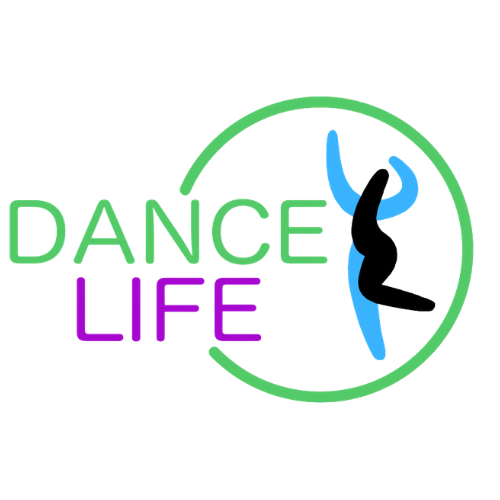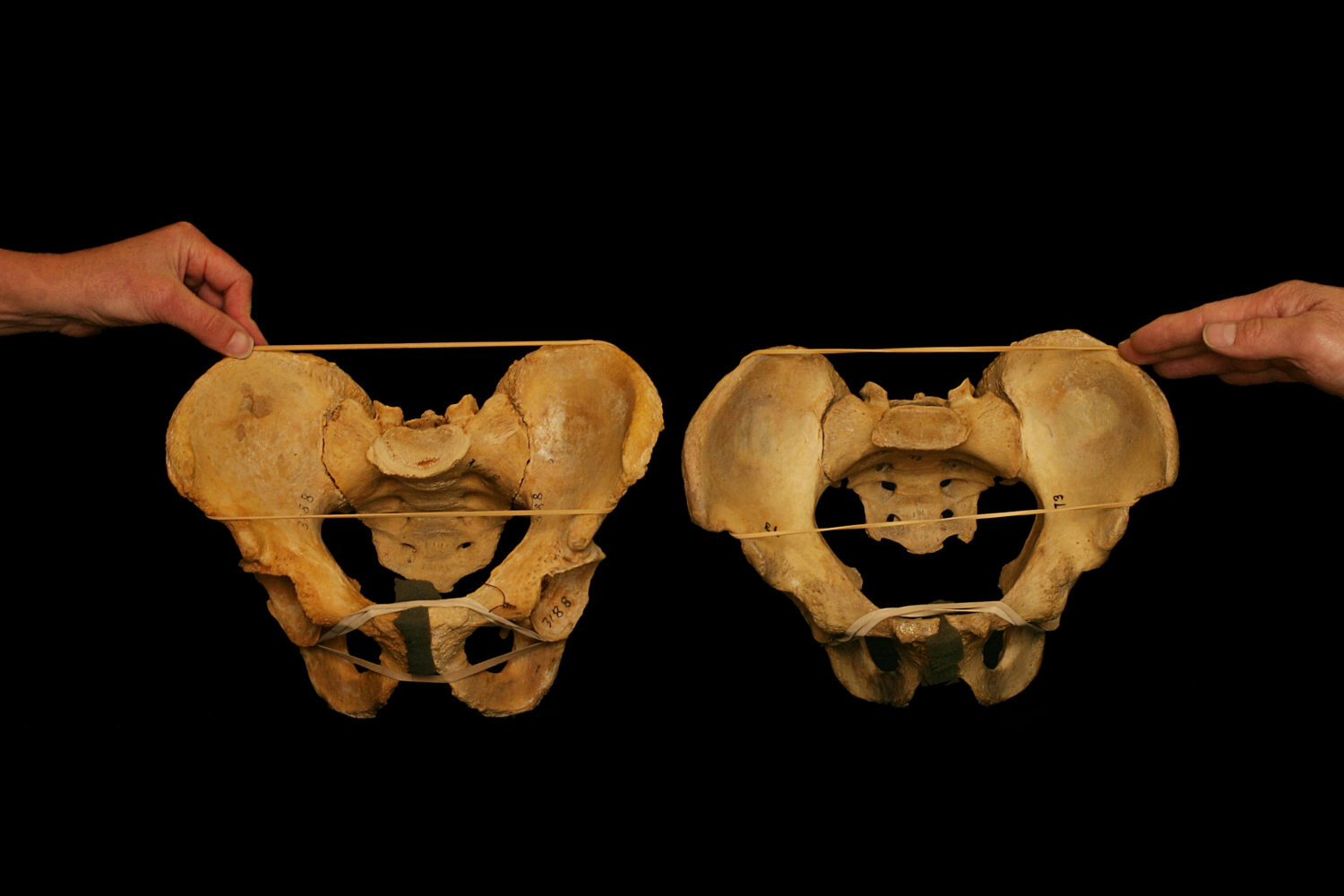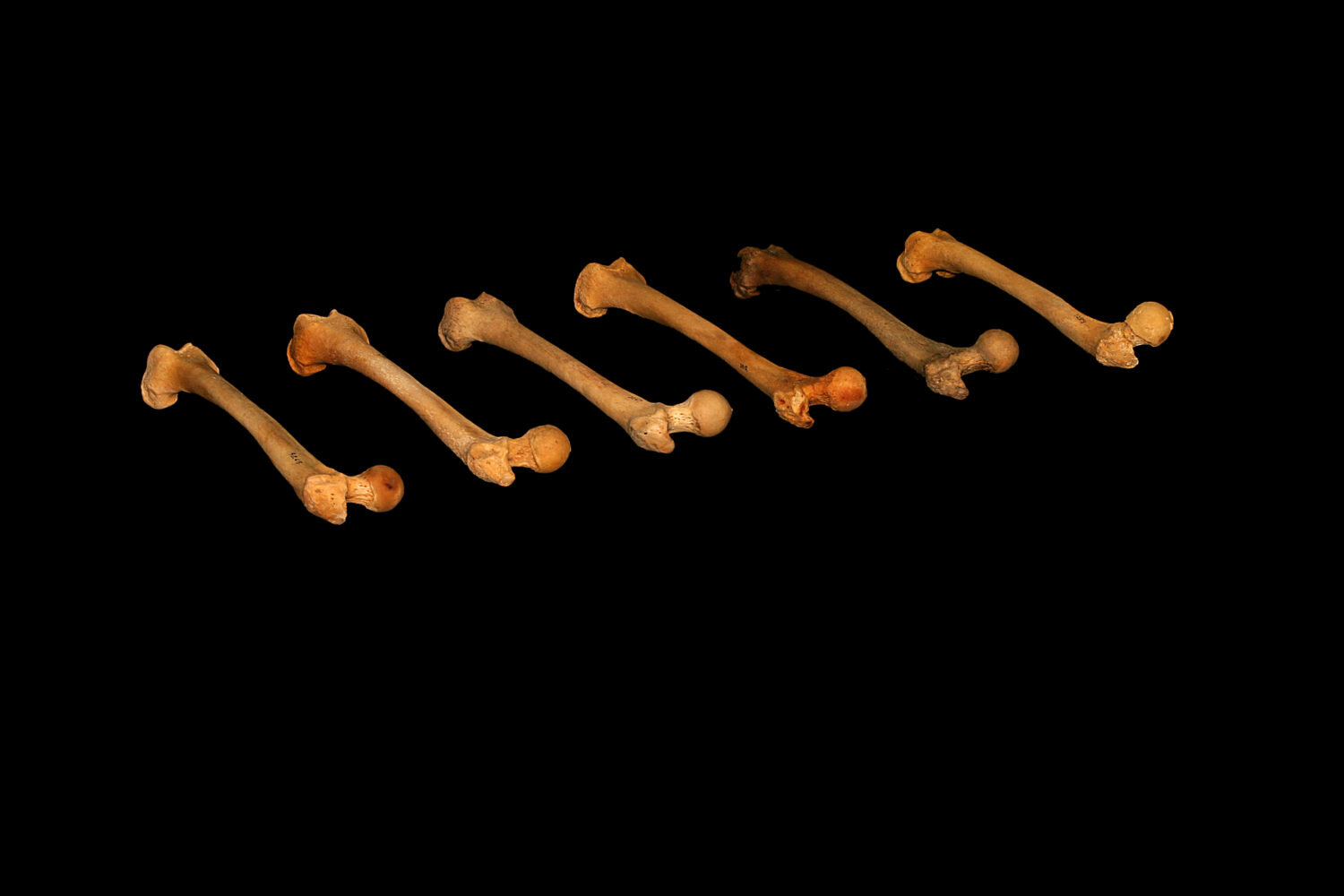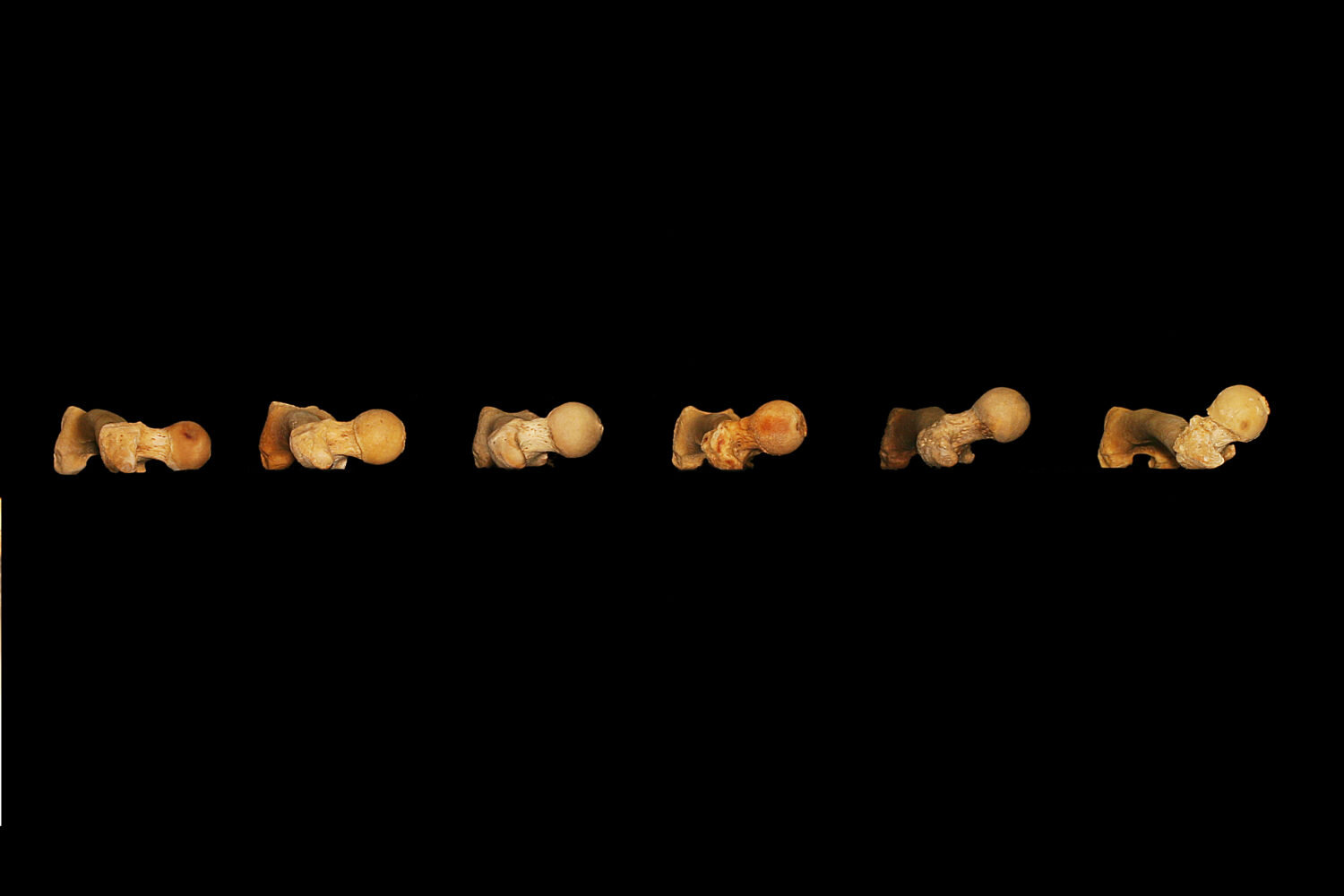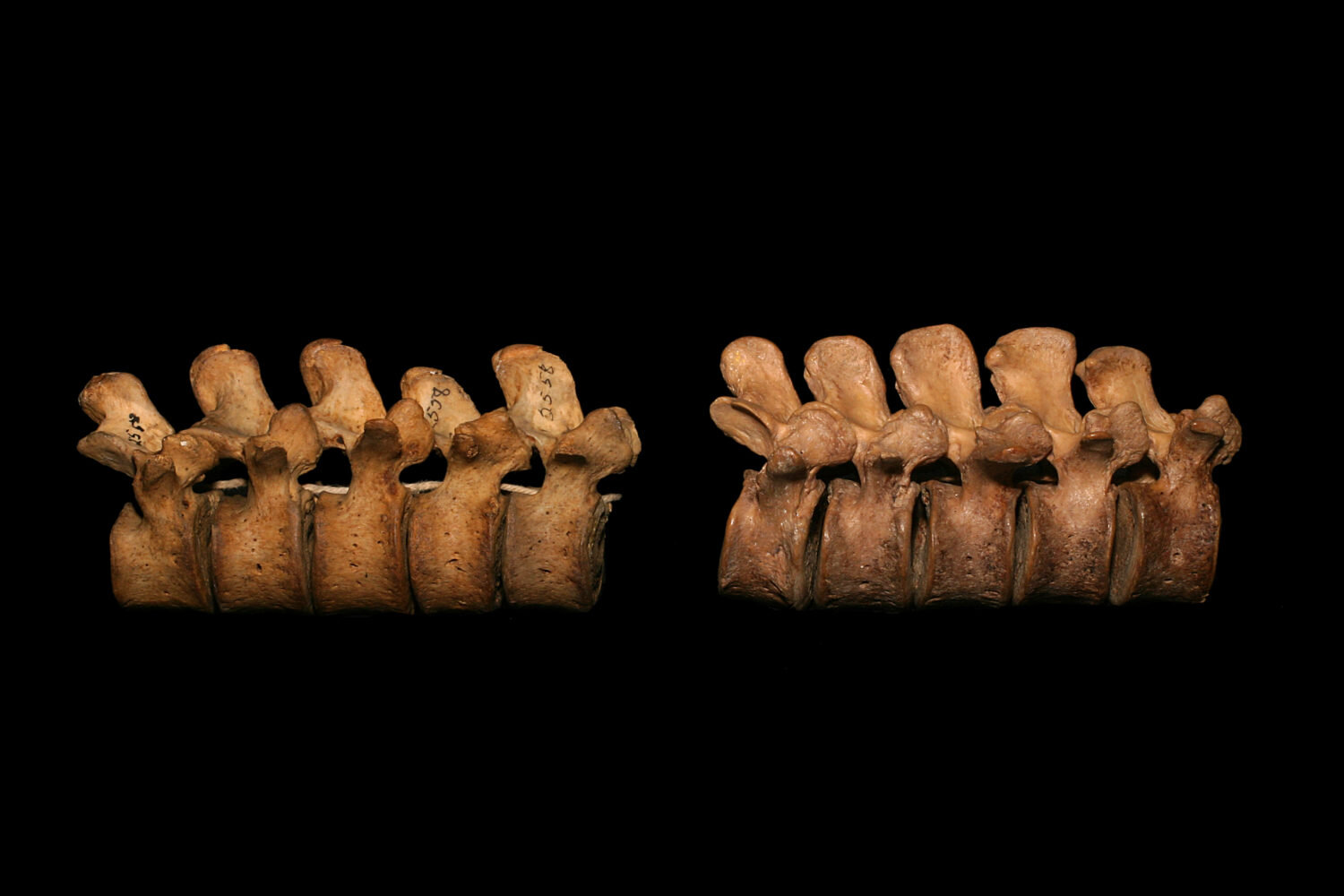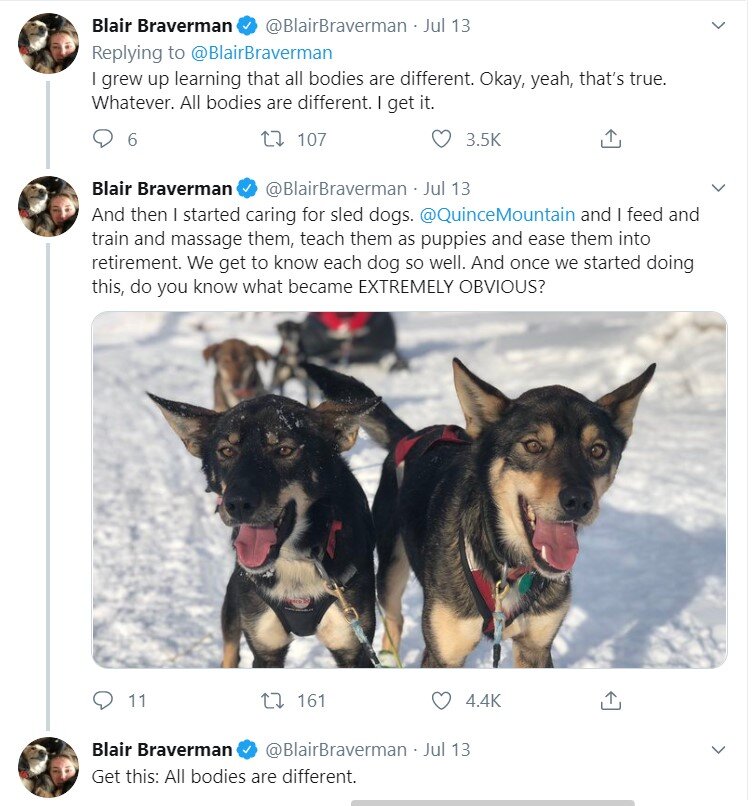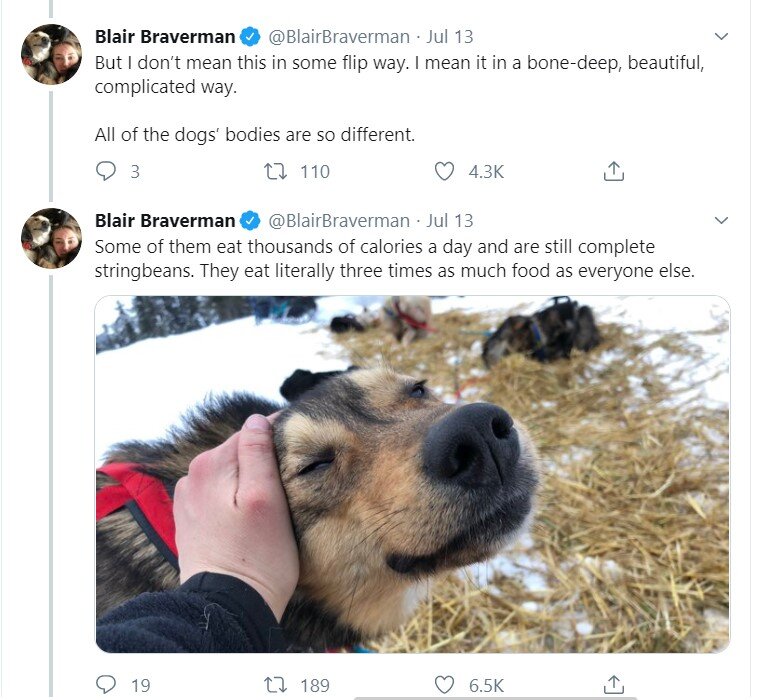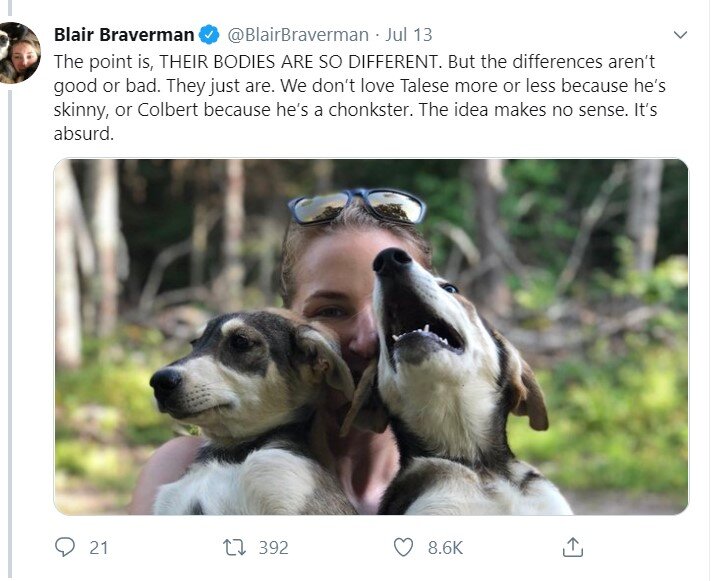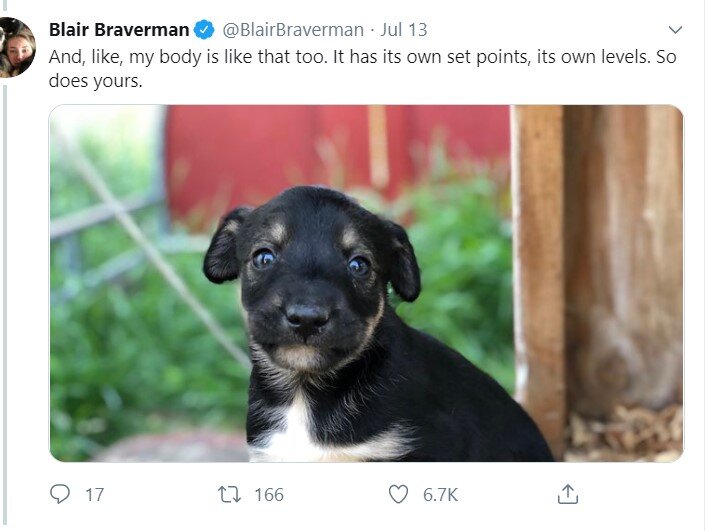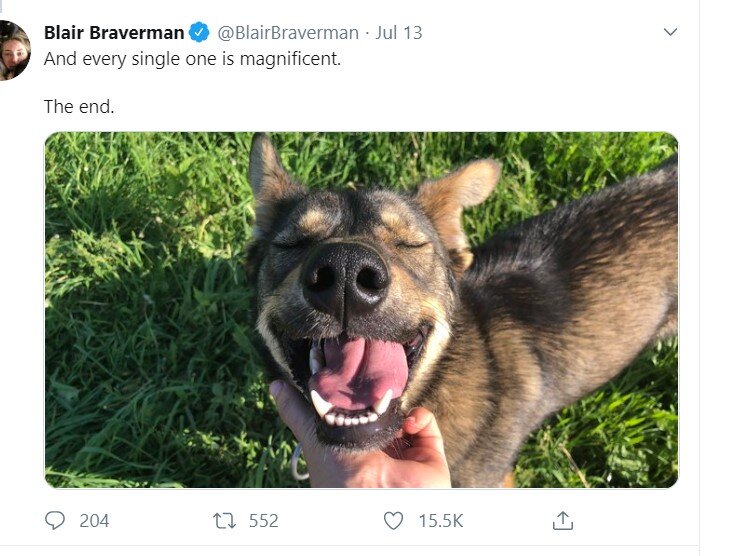SCIENCE and also ANECDOTES Explain It All
SCIENCE and also ANECDOTES Explain How All Bodies Are Different
We've all heard it a thousand times, "all bodies are different". But what are some concrete examples of how different bodies can be? We’ll explore skeletal, muscular, soft tissue, and neurological ways in which we all display a natural variety of mammal body.
SKELETAL DIFFERENCES
First, we’re going to start with a bone gallery- mwahaha. These images by Paul Grilley- click here to see more- demonstrate normal variations in skeletal structure. These bones were selected specifically to demonstrate diversity in human skeletons out of only 30 examples- the size of a large class.
On the picture of the pelvises, notice how the hip sockets are set in quite different directions. These people would likely have very different directions in which their hips and legs are flexible. The next two pictures are femur bones viewed from the top down. Bones grow in spirals and each person’s degree of spiral (or torsion) is different, creating different angles in which the femur inserts into the pelvis. This will dictate whether it's comfortable to come to a "feet parallel" position. The final picture is of lumbar vertebrae; the right one has larger gaps in between the spinous processes and the owner of said spine would likely have an easier time arching the back. Keep in mind that these are all skeletons from men! Imagine how much more variation there would be if there were a wider gender representation.
MUSCULAR AND SOFT TISSUE DIFFERENCES
Bones aren't the only thing with loads of natural variety. How any one body is going to respond to a given exercise or food is going to vary greatly, as well. This story by a woman who cares for sled dogs is both a poignant and adorable example (click here for the Twitter thread):
Less adorable but still relevant, take this landmark study by Hubal with human examples of how all bodies respond differently to movement:
"Men and women exhibit wide ranges of response to resistance training, with some subjects showing little to no gain, and others showing profound changes, increasing size by over 10 cm and doubling their strength. Men had only a slight advantage in relative size gains compared with women, whereas women outpaced men considerably in relative gains in strength."
What this study shows is that some individuals respond extremely well to strength training, some barely respond, and some don't respond at all. You read that correctly. Some people don't show any noticeable result and in fact a small percentage of people actually lost muscle mass! Keep in mind these individuals were subjected to the exact same training protocol.
Now this isn’t to say “never lift weights at all because who knows whether it’ll even do you any good”. This is to say that what works for one person will not necessarily work for another. What one body needs is not necessarily the right thing and may even be a detriment to another.
NEUROLOGICAL DIFFERENCES
At Dance Life, it’s likely that the majority of movements you will encounter your body will already be capable of doing- we’re just convincing your brain of that through repetition. But, even in that vein, what type of repetition each brain needs to be convinced will be different. As a teacher I can list numerous anecdotes: I have students who understand movement best when it's given in counts, and those that prefer to hear the movements in the music and get lost when numbers are included (that was me). Some students learn best hearing something described, some prefer to see it first, some find it easiest to start by doing it. Some will see a steady increase in their skill through drilling and in-depth explanations, some will learn best by not overthinking the moves- which can end up leaving them feeling overwhelmed with the technicalities.
A personal example is that spatial awareness (turning/directional changes) and remembering sequences were not things that came naturally to me- the struggle to remember the first choreography I ever performed was real. After numerous frustrating rehearsals, I eventually created my own "lyrics" to describe the dance and wrote it out 17 times before I had everything memorized. Later that year, I joined a troupe and started touring around the country taking workshops. With the repetition I gained from those events, turning and learning choreography required less brainpower each time. Now, I make numerous choreographies that I (mostly) remember each week through the use of “lyrics”, and have found things like “inside turn vs outside turn” that help me work around my lingering difficulty with right and left. My body had been capable of it all along, my brain just needed an approach that worked for me to be convinced :-)
SUMMARY
In summary, all bodies- skeletons, soft tissues and brains- are greatly different and what works for one person, doesn’t necessarily work for another. Your journey to convincing your brain all of which its capable is going to look different than it will from those around you AND from those setting the example in the front of the room. You will have your own unique way of learning, of moving, and responding to the movement- and that is good and how humans were created to be. I hope you can enjoy the journey and embrace and celebrate the differences- and most of all, cut yourself much slack if one way doesn’t work for you! We all deserve to move our bodies in joyful ways if we want to, and to find what suits our individual needs and bodies best.
